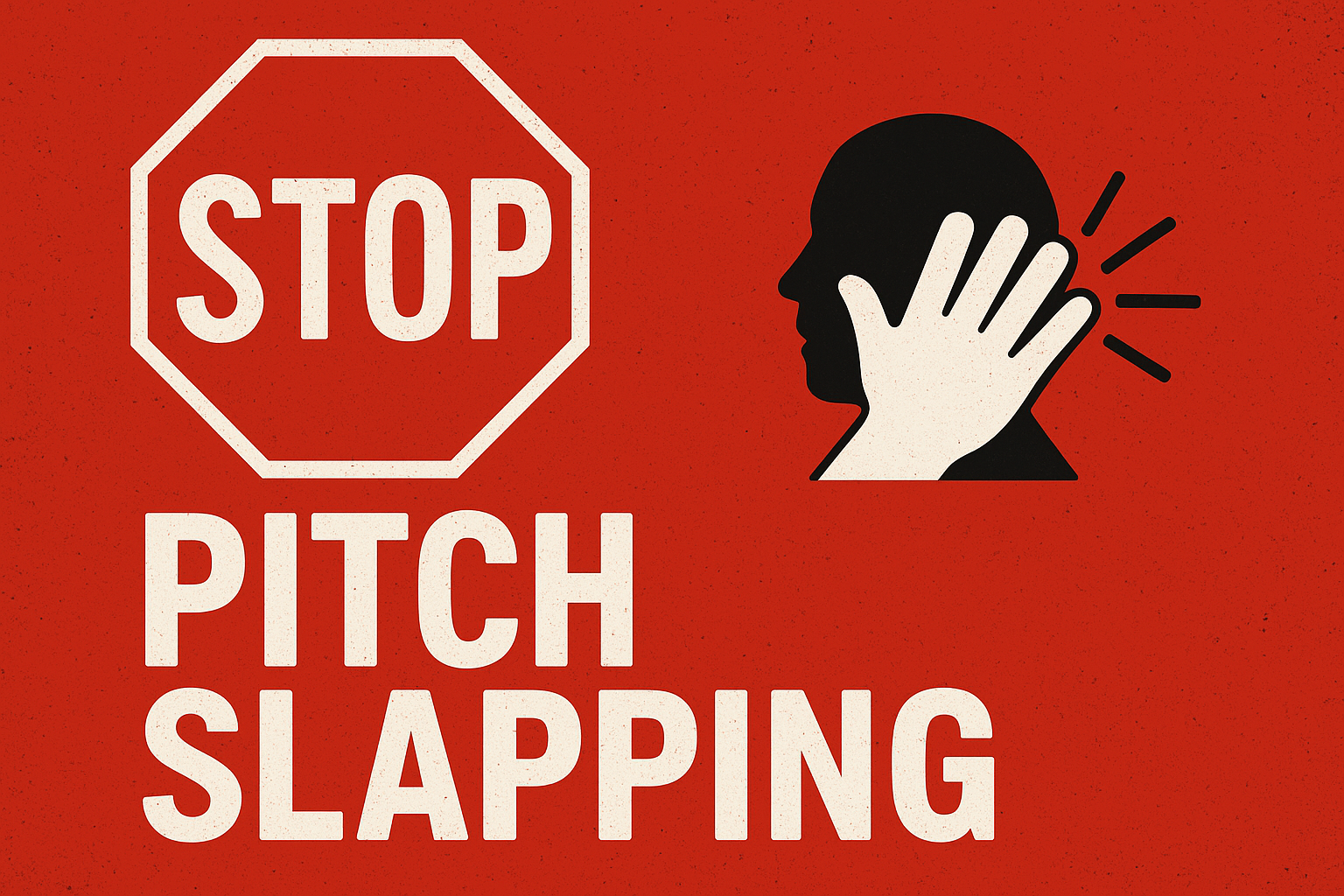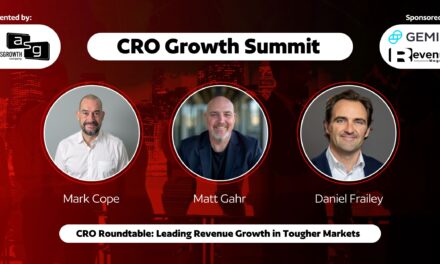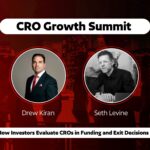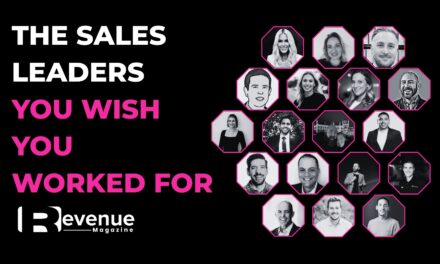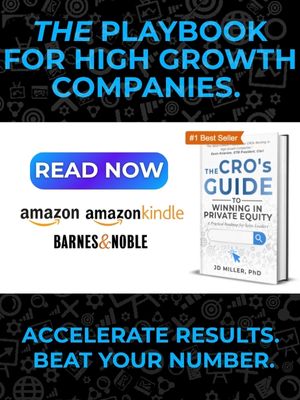
Mavens of Modern Sales – Joe McNeill
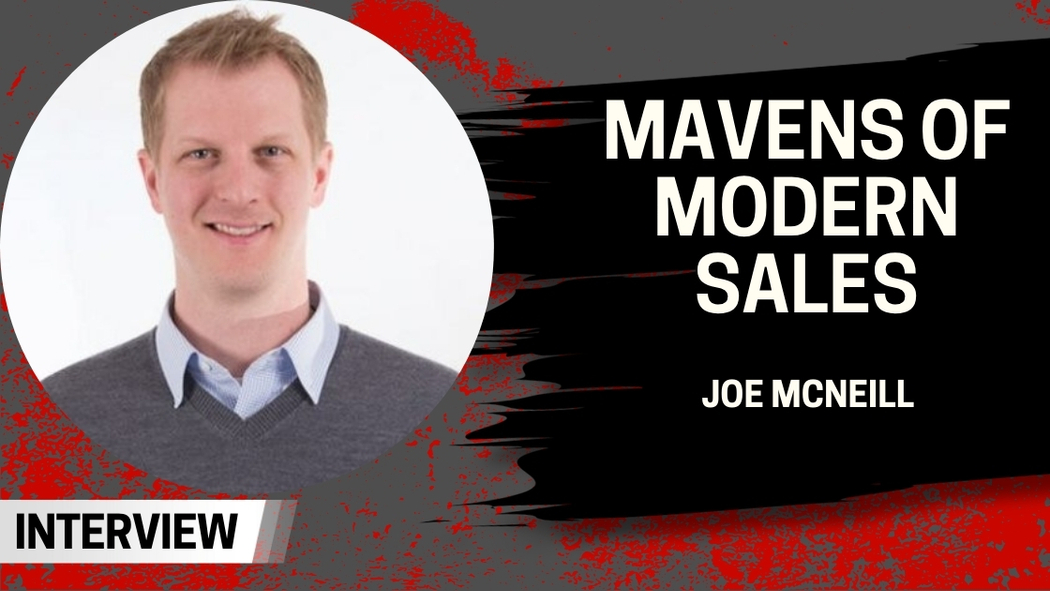
Welcome to Mavens of Modern Sales, where we take a deep dive with the sales leaders pulling sales teams in the 21st century to get their insights on leadership, strategy, industry trends, and more.
This week we talked to Joe McNeill, Chief Revenue Officer at Influ2.
You’ve highlighted the importance of intentionality in speaking to your specific buyers. What key elements help you craft a message that resonates and adds genuine value?
In the past, differentiation was achieved through deep personalization—proving the outreach wasn’t automated by referencing specific details about the individual. Unfortunately, with advancements in AI, that type of outreach can now be automated and no longer sets you apart.
In today’s world, I firmly believe humanization is the new personalization. How do you prove you’re a human, specifically targeting another human, and that you can provide value through a conversation? As individuals attend fewer events and work from home more often, I believe people are increasingly missing genuine human connections with their peers.
In my opinion, effective outreach needs to span multiple channels and demonstrate that you are a professional seeking to engage with another professional in a meaningful way (not simply a self-serving way). This means showing that you can add value to them through the conversation—whether by exposing them to market insights they might not be aware of, or by sharing information learned from discussions with their peers (ideally referencing specific, named peers rather than using vague language).
When scaling a team, you’ve emphasized hiring, promoting, and retaining good people. What traits or skills do you look for when building out a team?
First and foremost, I’m a firm believer in the “no asshole rule” (per Bob Sutton’s book). No matter how talented someone is, assholes poison the well and cannot be tolerated within a healthy culture. Beyond that, the culture I strive to build is what I call a collaborative meritocracy. This means I don’t want people to simply “stay in their lane”—I want everyone to feel empowered to brainstorm ways we can improve processes and execution. We don’t care where the ideas come from, nor do we need a “smartest person in the room.” All we care about is winning.
In this type of culture, there are no sacred cows. If something we’re doing cannot survive scrutiny, then maybe we shouldn’t be doing it. Not everyone thrives in this environment, so I specifically look for personality traits that align with this philosophy. At the same time, I prioritize building a diverse team—individuals who can add to the team rather than simply assimilating into it.
Warren Buffett says to look for energy, intelligence, and integrity when hiring. A former co-worker once told me that for commercial roles, you should look for curious, team-oriented problem-solvers. I love both of these perspectives, and I try to hire with all six traits in mind. They’re a big part of what makes a growing commercial team successful.
Given the current challenges in the market, how do you maintain the efficiency of your pipeline while adapting to new buyer behaviors and expectations?
Focus. When things get tough, the instinct is often to go wider—do more, expand—but that usually leads to strategies that are a mile wide and an inch deep. I believe that when things tighten up, you need to get more intentional about who you want to target and how you want to target them. That also means making some tough decisions about who you won’t target. You need to clearly understand where and how you can provide value, and then surround the companies that fit in a meaningful way.
In addition, this is where having a high-quality team really pays off. Tough environments create massive opportunities for teams that can execute at a high level. When things are easy, everyone’s doing well, and it’s hard to stand out. But when things get tough, that’s when you have the chance to separate your organization from the pack. Operators should embrace these moments and recognize that this is their time to prove they can execute.
What resources—be it tools, technologies, or books – have been the most impactful on how you approach your work everyday?
More than books, tools, and tech; I’ve benefitted from having amazing mentors. People like Kathy Mayerhoffer, Jackie Schnieder, Charles Beeler, Torben Rytt, Dmitri Lisitski and Mike Carlson. In addition I’ve learned so much from the teams I’ve worked with. People like Chase Edwards, Krista North, Steve Hennigs, Brian Stewart, and Chad Smith. This list goes on an on but the folks I’ve worked with have had the biggest impact on me and its something I will always be grateful for.
Outside of that, I am a bit of an information junkie. I’m constantly reading articles, listening to podcasts, and reading books. The top books that come to mind are Bob Sutton’s “Good Boss/Bad Boss” and “The No Asshole rule”, Adam Grant’s “Think Again”, Admiral William H. McRaven’s “The Wisdom of the Bullfrog”. I also consume almost every piece of content Chris Orlob or Kyle Coleman produce, I think both are brilliant individuals.
Is there any popular advice in the industry that you think is overrated or misleading? Why do you feel that way?
I think a lot of people use “Radical Candor” as an excuse to be an asshole, and there’s never an excuse for that. On the flip side, I think leadership can sometimes get dehumanized in the name of mitigating legal exposure. I get that risk always needs to be assessed, but people deserve to be treated like human beings. There’s a balance here, and it’s one that often gets lost.
Lastly, there are a lot of brilliant, successful folks out there who can offer great advice. But you’re not going to succeed by trying to be them. You’ve got to take bits and pieces from everyone you meet, integrate what works for you, and make it your own. Be yourself—don’t try to be someone else. I’ve seen every type of personality and style succeed in this business. Don’t fall into the trap of thinking you need to fit a certain mold to succeed anywhere on the org chart.
You mentioned that scaling the pipeline while maintaining efficiency metrics is one of the toughest challenges—what strategies or practices have you found most effective for achieving this balance?
Given the space my current company operates in, I have the privilege of looking under the hood of many companies’ GTM motions. I could probably write a book in response to this question, but I’ll try to keep it as brief as possible.
The teams I see winning are adopting an “allbound” motion, which focuses on creating synergy across all their top-of-funnel channels. For this to work, all the teams touching the top of the funnel (Sales, Sales Development, Marketing, Partnerships, etc.) need to be aligned on ICP and messaging. More importantly, they need to share a unified understanding of what it means to win from a top-of-funnel perspective. Pipeline goals must be shared—there can’t be a scenario where one team is excelling while the overall pipeline goal is falling short.
I personally believe attribution is the single biggest driver of bad pipeline strategy and misalignment. It doesn’t reflect how buyers actually buy (just take a look at Gartner’s latest B2B buying journey illustration). Teams overly focused on attribution are struggling now, and it’s only going to get worse.
Additionally, the companies I see winning place a high level of emphasis on pipeline success and support their pipeline teams accordingly. Consider the resources and support available to an Enterprise AE at a typical company to move an Enterprise opportunity forward—they’ll fly a team of expensive professionals out to meet with the prospect and host an extravagant dinner without hesitation. Now compare that to the resources and support an Enterprise SDR has to create that same opportunity. In too many struggling companies, these areas are grossly out of balance.
Pipeline success used to be measured by the size of a company’s war chest. Those days are gone. Budgets are tight, it’s not a buyer’s market anymore, and we can’t afford to be pipeline collectors. Most companies are focused on cutting costs and eliminating unnecessary products or services. If you want to get them into your pipeline, you need to clearly illustrate how you can help them achieve their desired future state. In other words, you have to know how to turn someone into a prospect, then into a buyer—not just convert a buyer into a sale.


